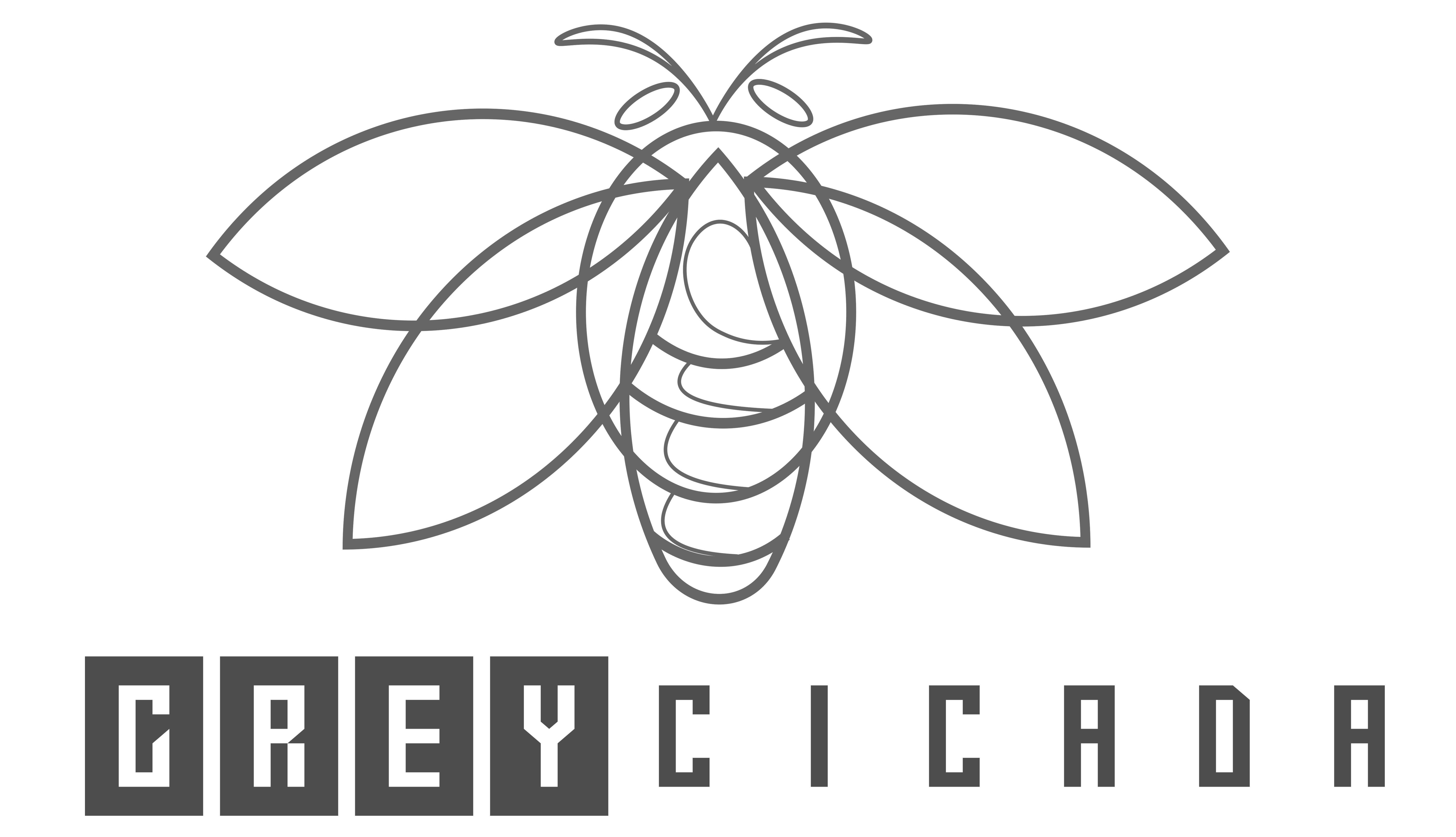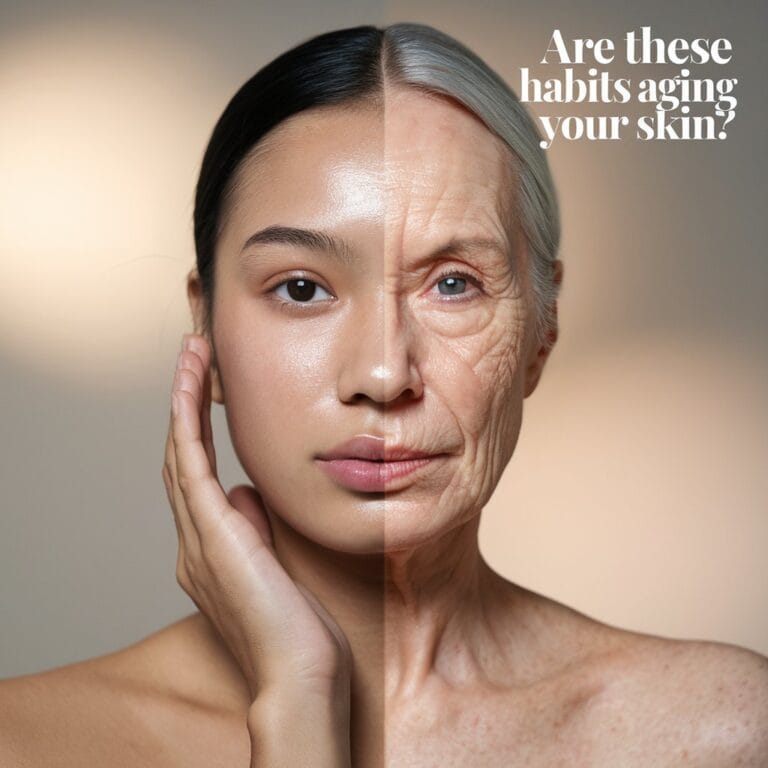FREE SHIPPING OVER $50
Over 40? This Simple Exercise Trick Could Add 5 Years to Your Life, According to Experts
As we age, the search for ways to improve longevity and maintain vitality becomes more important than ever. Fortunately, science continues to shed light on practical, effective methods to enhance our health. One particularly promising discovery involves a simple exercise habit that could add up to 5 years to your life. This is especially impactful for those over 40 when maintaining fitness and energy levels can feel more challenging.
Let’s explore what this exercise trick entails, why it works, and how to incorporate it into your daily routine for maximum benefits.
The Simple Exercise Trick: High-Intensity Interval Training (HIIT)
Experts have identified High-Intensity Interval Training, or HIIT, as one of the most effective ways to boost longevity. HIIT involves alternating short bursts of intense exercise with periods of rest or lower-intensity activity. For instance, sprinting for 30 seconds followed by walking for a minute, repeated several times, constitutes a basic HIIT session.
Why HIIT Works for Longevity
- Improved Cardiovascular Health
HIIT pushes your heart to work harder, improving blood circulation and oxygen delivery. Studies show that regular HIIT sessions can reduce the risk of heart disease, the leading cause of death globally. - Enhanced Metabolic Efficiency
As we age, our metabolism slows down. HIIT helps reverse this process by boosting your metabolic rate, even hours after the workout. This not only aids in weight management but also reduces the risk of metabolic diseases like diabetes. - Increased Mitochondrial Function
HIIT has been found to improve the function and health of mitochondria—the powerhouse of cells. This can slow down cellular aging and improve overall vitality. - Supports Hormonal Balance
HIIT promotes the release of hormones like human growth hormone (HGH), which is essential for maintaining muscle mass, bone density, and energy levels as we age.
The Evidence Behind the 5-Year Lifespan Boost

Recent studies highlight the link between regular HIIT and increased lifespan. A study found that people who engaged in HIIT at least three times per week had biological markers equivalent to individuals significantly younger than their chronological age. These findings suggest that HIIT can effectively slow aging at the cellular level.
How to Incorporate HIIT Into Your Routine
1. Start Slow
If you’re new to exercise or haven’t worked out in a while, ease into HIIT by starting with low-impact options. For example, alternate between brisk walking and a light jog instead of sprinting.
2. Follow the 20-30 Minute Rule
HIIT sessions don’t need to be long to be effective. A 20- to 30-minute workout, performed three to four times a week, is sufficient to yield significant benefits.
3. Mix It Up
Avoid monotony by incorporating various exercises into your HIIT routine, such as cycling, swimming, or bodyweight exercises like burpees and squats. This also helps target different muscle groups.
4. Prioritize Recovery
Recovery is vital, especially as you age. Ensure you’re giving your body time to rest and repair by spacing out HIIT sessions and including active recovery days with yoga or light stretching.
Other Exercise Tips to Maximize Longevity
While HIIT is powerful, incorporating other forms of exercise can further enhance its effects:
- Strength Training
Building muscle mass through weightlifting or resistance exercises can prevent age-related muscle loss and improve bone health. Aim for two strength-training sessions per week. - Flexibility and Balance
Activities like yoga or tai chi can improve flexibility, balance, and mobility, reducing the risk of falls and injuries as you age. - Low-Impact Cardio
Swimming and cycling are excellent for cardiovascular health and joint-friendly alternatives to high-impact exercises like running.
The Role of Consistency and Mindset
Consistency is key to reaping the longevity benefits of HIIT and other exercises. It’s not about perfection; it’s about persistence. Celebrate small victories, and focus on creating a sustainable routine that fits your lifestyle.
Nutrition and Recovery: The Perfect Pair
Exercise alone isn’t enough to unlock the full benefits of a healthier, longer life. Nutrition and recovery play equally vital roles in enhancing the effects of your workouts, particularly as you age. By focusing on what you eat and how you rest, you can maximize the rewards of your fitness routine.
1. Fueling Your Workouts
What you eat before and after exercise has a significant impact on your performance and recovery.
- Before Exercise: A combination of carbohydrates and protein is ideal. Carbohydrates provide energy, while protein primes your muscles for recovery. For example, a banana with almond butter or a small serving of oatmeal with a handful of nuts can be great pre-workout snacks.
- After Exercise: Focus on replenishing glycogen stores and repairing muscle tissue. A post-workout meal rich in protein and carbohydrates—like a grilled chicken wrap with veggies or a smoothie with Greek yogurt, spinach, and berries—is an excellent choice.
2. Key Nutrients for Longevity
Certain nutrients are particularly beneficial for people over 40 who are focused on building strength and endurance:
- Omega-3 Fatty Acids: Found in salmon, flaxseeds, and walnuts, omega-3s reduce inflammation and support heart health.
- Magnesium: Essential for muscle relaxation and recovery, magnesium is found in foods like spinach, nuts, and dark chocolate.
- Antioxidants: These combat oxidative stress and promote cellular repair. Berries, leafy greens, and green tea are great sources.
3. Hydration Matters
Dehydration can lead to fatigue, muscle cramps, and slower recovery. Ensure you drink plenty of water throughout the day, especially before, during, and after workouts. If you’re engaging in intense HIIT sessions, consider electrolyte-rich drinks to replenish lost minerals.
4. Prioritizing Recovery
Recovery isn’t just about resting; it’s an active process that allows your body to adapt to physical stress and grow stronger.
- Sleep: Quality sleep is critical for muscle repair and overall recovery. Aim for 7-9 hours per night and establish a consistent bedtime routine.
- Active Recovery: Incorporate low-impact activities like walking, yoga, or stretching on rest days to promote blood flow and reduce soreness.
- Massage and Foam Rolling: These techniques can help relieve muscle tension, improve circulation, and accelerate recovery.
5. Supplements for Recovery
Supplements can offer additional support for recovery and performance, especially if your diet lacks certain nutrients:
- Protein Powders: Convenient for meeting protein needs after workouts.
- BCAAs (Branched-Chain Amino Acids): Help reduce muscle soreness and improve recovery.
- Vitamin D and Calcium: Essential for bone health and muscle function, particularly important as you age.
By aligning your nutrition and recovery strategies with your fitness goals, you create a holistic approach to healthy aging. Proper fueling and rest don’t just enhance your workouts—they ensure your body stays strong, resilient, and ready for the challenges of each new day.
Conclusion
Over 40? Adding years to your life doesn’t require complex routines or extreme diets. Incorporating simple yet effective practices like HIIT can significantly impact your health and longevity. By improving cardiovascular health, boosting metabolism, and supporting cellular function, HIIT is more than just an exercise—it’s a game-changer for healthy aging.
Related Articles
- Revealed: The Supplement Helping People Over 40 Build Muscle Faster
- The Secret to Building Muscle Over 40—Without Lifting Heavy Weights
- How a Busy Dad Got Shredded With Just 15 Minutes a Day
- Top 10 Best Pre Workout For Muscle Gain 2024
- The 10 Best Deltoid Exercises for Building Stronger Shoulders
- Why Cristiano Ronaldo’s Deep Breathing Could Be Your Key to Anti-Aging and Calm
- How to Drop from 30% to 10% Body Fat—The Simplest Strategy to Get Lean



